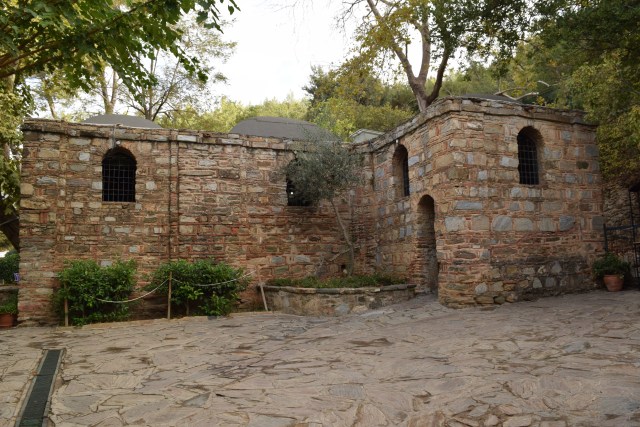There are several wonderful churches and basilicas in Lisbon, but after seeing some images online, we made going to Igreja de São Roque something that was high on our list. It is without a doubt one of the most beautiful churches in Lisbon and certainly one of the most fascinating churches that we have seen. The details within the church are quite stunning and extremely ornate. During our visit in person, the details were overwhelming, and we’ve absorbed more looking at our photographs after returning home.





The church was originally built in the 16th century and was one of the few structures in Lisbon to survive mostly intact after the earthquake of 1755. At the time that it was built, it was likely one of the most expensive churches that had been built at that time, which is certainly understandable when you see all of the features within it. It was built in the Baroque style, but the outside of the church is very simple in comparison to the beauty of all of the amazing features of the interior.





The painted ceiling is the first thing that you notice as you enter the church and it is certainly interesting as it is a wooden ceiling, which has been painted with scenes from the bible. The church’s organ is also quite beautiful, but the many chapels that surround the main chamber are the real stars of the visit. We had seen conflicting information regarding the hours that the church was open. Some sites stated it was only open on Monday afternoon, but we’re pretty sure that it is open every day, although we ended up visiting on a Monday.






































